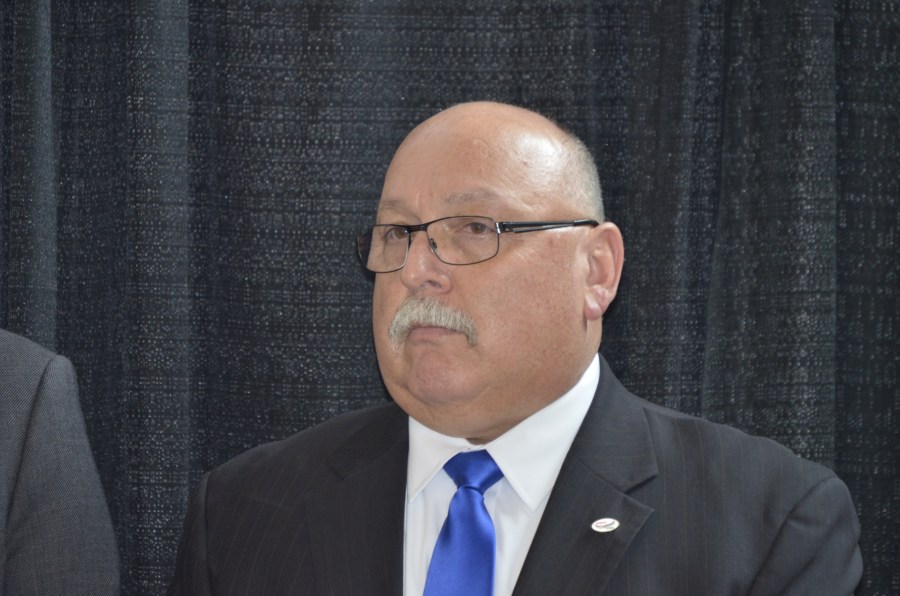McALLEN, Texas (Border Report) — With the number of coronavirus cases expected to rise, health officials on both sides of the Texas-Mexico border are communicating frequently, and so far there are no confirmed cases of the potentially deadly virus in Texas or northern Mexico, a top health director told Border Report on Monday.
Eduardo “Eddie” Olivarez, chief administrative officer for the Hidalgo County (Texas) Health and Human Services and member of the Task Force of Border Health, said that although there are a few cases of a less serious strain of the coronavirus in South Texas, no patients in the region have tested positive for the deadly strain that originated from Wuhan, China. That strain has killed over 80 people and sickened at least 3,000, mostly in China.
But as world health officials work to contain the virus — which manifests symptoms similar to the flu but can cause serious respiratory damage, and even death — border health officials are keeping a close eye on the situation, Olivarez said. They are particularly concerned that if a case were to occur in the border region, then the virus could easily jump the border with so many people crossing daily between the United States and Mexico.

“We work very closely with our Mexican counterparts and we’re on the phone pretty regularly on this and other illnesses. We are monitoring this very closely,” Olivarez said.
Two suspected cases of what Olivarez calls the “Wuhan strain” of the coronavirus were reported across the border from McAllen in Reynosa, Tamaulipas. But both cases turned out to be negative, he said. Another suspected case at Texas A&M University in College Station, Texas, also turned out to be negative, he said.
A positive confirmation of the virus takes 72 to 96 hours because it must be grown in a lab culture, Olivarez said. However, a negative confirmation can be obtained quicker — within 24 to 36 hours.
The few current cases of the lesser coronavirus that are reported in the region are being referred to as “co-viruses,” Olivarez said. These often show cold-like symptoms and are not considered to be a serious health hazard.

Olivarez said state health departments on the border, from Texas to California, hold weekly talks with Mexico’s health department located in Mexico City. The Secretaría de Salud de la Ciudad de México “reviews all border health issues from A to Z, which includes flu, yellow fever, dengue, Zika,” he said. Any health concerns, such as this new coronavirus strain, then would be sent to the each state’s public health emergency management offices.
In addition, Olivarez said his department has been in talks with the Department of Homeland Security and U.S. Customs and Border Protection regarding the potential spread of the coronavirus at ports of entry and within migrant detainees. The protocol plan already is in effect, he said, for cases of mumps and measles and influenza in these places.
Border Report will continue to monitor any new cases of coronavirus on the border and will update with information.
Visit the BorderReport.com homepage for the latest exclusive stories and breaking news about issues along the United States-Mexico border.

















